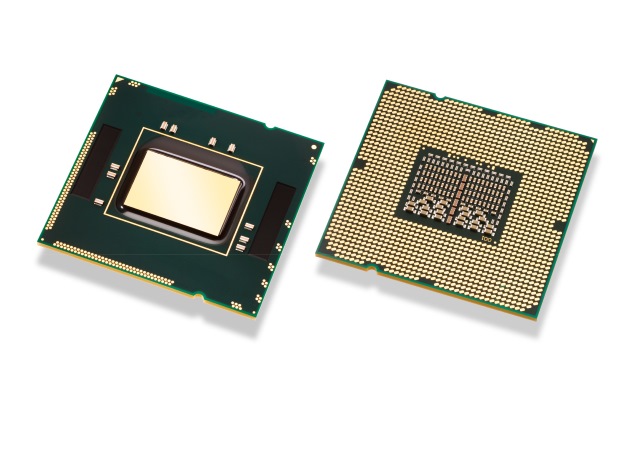Tech 101 What Is A CPU? Part 1 - Logical Units, Instruction Sets
About Cpu Scheduling
CPU scheduling is a process used by the operating system to decide which task or process gets to use the CPU at a particular time. This is important because a CPU can only handle one task at a time, but there are usually many tasks that need to be processed. The following are different purposes of a CPU scheduling time. Maximize the CPU utilization
CPU Central Processing Unit scheduling algorithm is needed to efficiently allocate the available processing time of a CPU among multiple processes that are competing for the CPU's resources. The need for CPU scheduling arises because modern operating systems allow multiple processes to execute concurrently on a single CPU.
CPU scheduling is a crucial feature of operating systems that govern sharing processor time among the numerous tasks running on a computer. Hence, it is essential to ensure efficiency and fairness in executing processes. It also ensures that the system can fulfill its users' performance and responsiveness requirements.
Learn the basic concepts, criteria, algorithms and examples of CPU scheduling, which is the basis for multiprogrammed operating systems. Compare and contrast different scheduling methods such as FCFS, SJF, priority and round robin.
CPU Scheduling is a crucial process in Operating Systems that helps determine which process will use the CPU while another process is on hold. The main goal of CPU Scheduling is to ensure that the CPU is utilised efficiently, making the system faster and fairer.
CPU scheduling is the basis of multiprogramming operating system. In a multiprogramming operation system, several processes which are ready to execute are kept in the main memory. When CPU is idle and a process executing on CPU is leaving CPU for some IO or is terminating, another process has to be scheduled.
In this tutorial, we will be learning about the CPU Scheduling Algorithms in Operating Systems. These are algorithms are very important topic in Operating Systems. This is because this CPU Scheduling Algorithms forms a base and foundation for the Operating Systems subject. There are many processes which are going on in the Operating System.
A diverse approach to CPU scheduling is the shortest-job-first SJF scheduling algorithm, which links the length of the process's next CPU burst with each process. The CPU is assigned to the process with the minimum next CPU burst if it is available. If the subsequent CPU bursts of two processes become identical, then FCFS scheduling breaks
CPU scheduling is a fundamental aspect of operating systems that determines which processes run at any given time. Efficient CPU scheduling is crucial for optimizing system performance, ensuring fairness, and maximizing resource utilization. This article delves into the intricacies of CPU scheduling, exploring its various algorithms, criteria
2 CPU Scheduler uSelects from among the processesthreads that are ready to execute in readystate, and allocates the CPU to one of them puts in runningstate. uCPU scheduling can be non-preemptiveor pre-emptive uNon-preemptivescheduling decisions may take place when a process changes state 1.switches from running to waiting state 2.switches from running to ready state



































